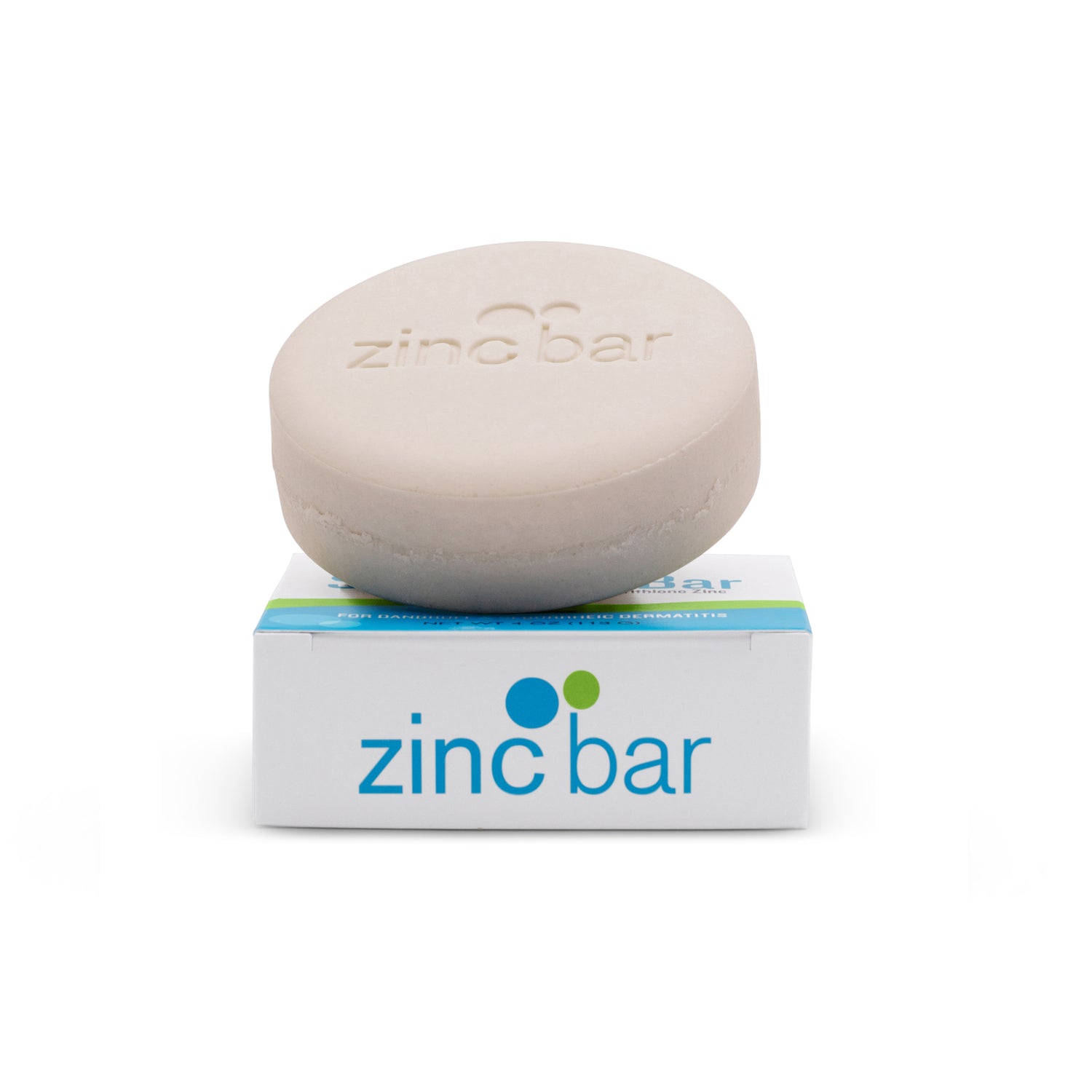Seborrhea Dermatitis & Cradle Cap
Overview
Seborrheic dermatitis (SD) is a very common, intermittent skin condition characterized most often by itchy flaky scales on the scalp. Red flaking skin may also be found on the face or behind the ears. Often referred to as cradle cap when affecting infants, many adults—especially those between the ages of 30 and 60—experience seborrhea or SD as well. If you are an adult who suffers from seborrheic dermatitis, irritation of the scalp or skin, know that you are not alone. Here at DermaHarmony, we want to help you gain a better understanding of SD so you can choose the treatment methods that are right for you!
Seborrhea in adults may include red flaking skin of the eyelids, eyebrows, lips, nasolabial creases, and the skin of the body trunk over the sternum. Red skin on either side of the nose and the middle of the forehead may also arise. Flakes and scales in the afflicted areas can be difficult to wash away, and infection or bleeding may occur after excessive scratching. Sometimes the scalp feels especially crusty while waiting for a flare-up to clear. Sufferers often find this condition particularly embarrassing.
Given that many skin conditions have similar symptoms, a diagnosis from a dermatologist is recommended. The exact cause of seborrheic dermatitis is still unknown, though it often runs in families. Fatigue, stress, weather, oily skin, acne, obesity, or the use of lotions that contain alcohol may all increase the risk of outbreaks. A higher incidence of SD is seen in patients with HIV, Parkinson's disease, and neurological conditions such as head trauma and stroke. Flare-ups may also occur from extended periods of bed rest causing a build-up of oiliness. Some research indicates that SD may be linked to the yeast-like fungus Malassezia, which is associated with a number of other skin conditions, including dandruff.
In infants, the fine loose scales of cradle cap usually clear up within the first year. The typical treatment for babies is hair washing followed by baby oil massaged into the scalp, then lightly combing out the scales. There is little evidence that oiling and massaging actually helps the cradle cap. The best course of action is usually to allow the baby to outgrow the condition.
Healing dermatitis—a natural approach
There are many options for treating SD. It may be possible to prevent SD through nutritional changes. You may also want to try topical treatments to facilitate faster healing.
Some researchers believe that poor nutrition is an important factor contributing to SD, along with many other skin conditions, but have yet to establish conclusive evidence. Research shows that a number of people with seborrhea have insufficient levels of vitamin B in their diets. Many practitioners recommend avoiding alcohol as well as oily foods, which may have a negative influence on SD. While avoiding these foods is a good start, so much more can be done to promote good health and luminous skin.
While it is theoretically possible to obtain proper nutritional needs from foods, study after study shows that North Americans don't even come close to meeting their daily nutritional intake of essential nutrients. We consume too many calories from fats, proteins and carbohydrates. Could this be why Americans are more sickly than Europeans? Here at DermaHarmony we promote the healing of the digestive tract, good nutrition, and supplement use for supporting ideal skin health and reducing inflammation in the body. Painless inflammation is the body's normal response to injury or trauma. In some conditions, the inflammatory process can be triggered without apparent injury. Since dermatitis is basically an inflammation of the upper layers of the skin, natural methods of reducing inflammation are thought to be helpful.
Topical treatment options for scalp dermatitis
If seborrhea is located on the scalp alone, a high-quality dandruff shampoo containing zinc or selenium will do the trick. Super strong shampoos and conditioners usually cannot be found in retail stores. Other coal tar or tea tree oil shampoos are available, but are often very harsh on the hair. Try our Grace of Me 2% Zinc Pyrithione Shampoo bars. This is no ordinary dandruff shampoo! It is an aggressive and effective treatment for severe dandruff, as well as the itching and flaking associated with scalp psoriasis and seborrheic dermatitis—yet it is gentle enough for daily use!
Topical treatment options for skin dermatitis
For cases of seborrheic dermatitis on other parts of the body, DermaHarmony Cream with 0.25% pyrithione zinc is an excellent choice. We also encourage dietary changes, a good detoxification program and an elimination diet.
Topical creams containing steroids can be prescribed by your doctor for intermittent use. Steroid creams are typically applied two or more times daily until the condition clears, then tapered off. We recommend trying other methods beforehand as steroids can cause serious long-term side effects. Women with SD on the face respond well to the high zinc component offered by many brands of "mineral makeup" currently available.
Of course, with any form of adult SD you should consider the nutritional aspects of healing, such as a good detox diet and supplmentation (vitamins & minerals).
You can try DermaHarmony Pyrithione Zinc Soap risk-free for 30 days. All orders come with a full money-back guarantee. Read on for the answers you seek, then give us a call at 1-800-827-3730 if you would like additional guidance.

